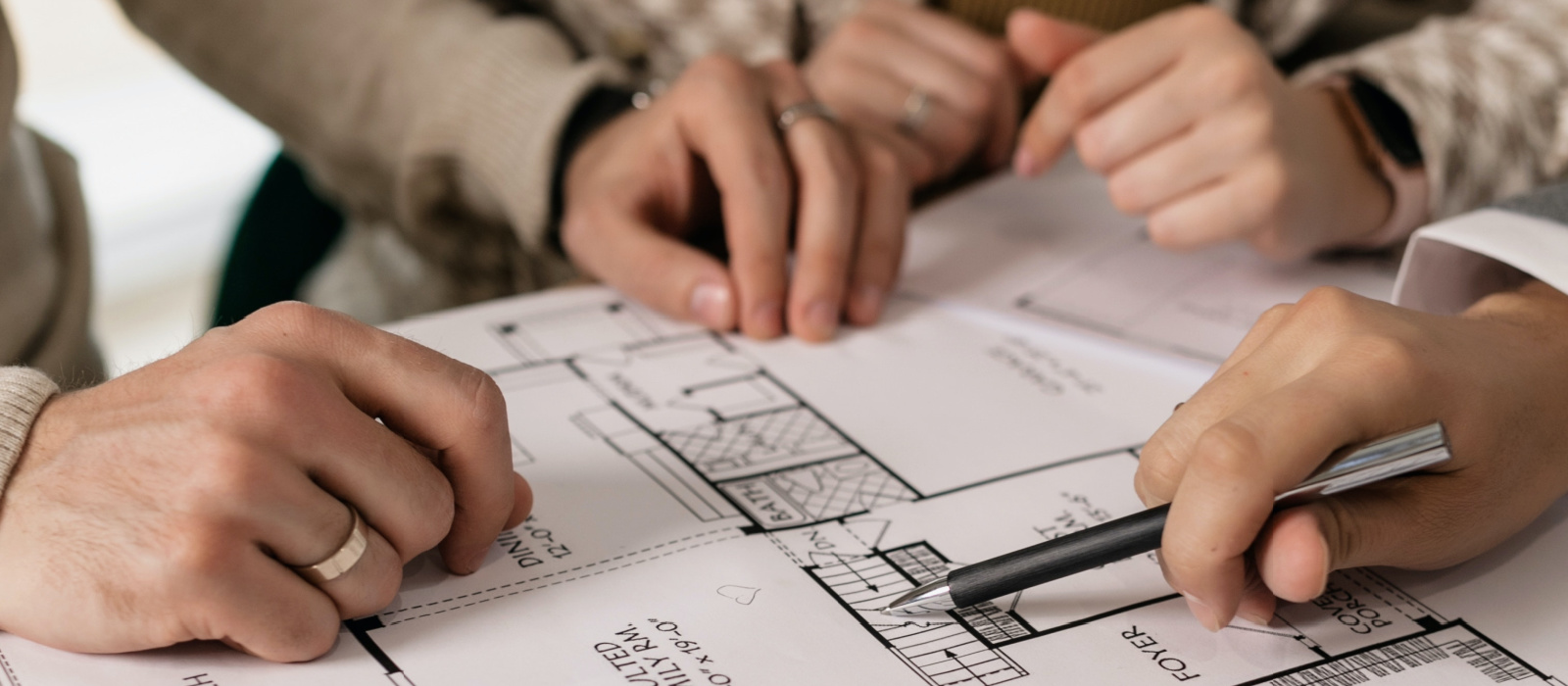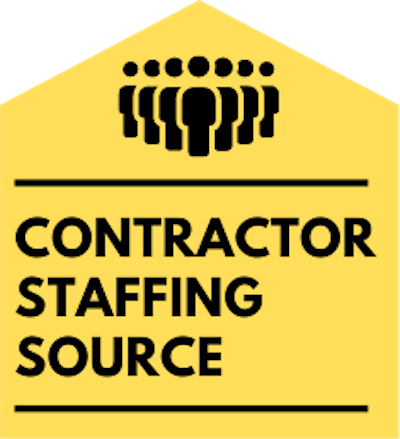A Step-by-Step Guide to Understanding the Home Building Process
But, we’re here to help! In this post, we’re giving you a step-by-step guide to understanding the home building process. We’ll go through each stage from start to finish entering familiar territory in the world of home building so that you’ll feel confident and informed about your options. So let’s take a deep breath and jump right into it!
The best way to understand the home building process is to speak to an experienced contractor or research online for tips and advice. Additionally, local library resources are often helpful in getting up to speed with the building process.
Getting Started with the Home Building Process
A qualified builder should be capable of delivering quality craftsmanship and providing referrals from past clients who are satisfied with their work. You should also research financing options and plan costs associated with materials, tools, licenses, etc. When creating a budget, consider a contingency fund in case of any unexpected costs that may arise during the project.
Once you’ve done your homework, it’s time to move on to the next step in the journey: finding the perfect property for your project and obtaining a mortgage. Researching properties can seem daunting and stressful but preparing ahead can help create a smooth process. With access to all relevant information, you can make an informed decision and navigate potential obstacles along the way.
- According to the Census Bureau, the median time frame for new homes in 2019 was 8.3 months.
- The National Association of Home Builders estimated that it can take anywhere from 6 to 12 months on average to build a house, however some projects may take up to 18 months or longer.
- A study by Zillow found that custom and high-end homes often take up to 20 months to build.
Choosing a Property & Obtaining a Mortgage
Choosing a property itself can be quite difficult, as there are many factors that need to be taken into account. The size of the land will dictate the size of the house you can build, so make sure when looking for suitable properties that dimension is taken into consideration. Other heavier considerations include location (such as near schools, shopping centers or highways), future development plans in the area, local building regulations and more. With so much to consider, research of both current and potential locations is essential.
Before commiting to buying a property, you must also understand if your budget will cover it by getting your finances in order and obtaining a mortgage if necessary. Think about how much you can comfortably spend on monthly payments and use mortgages with affordable interest rates. You should also investigate available loan programs like VA or FHA loans or USDA rural development loans if applicable; all these may provide great options for people looking to build their own home.
Once you know exactly what kind of house you want to build in an ideal place and at an affordable price point, you should look into local building regulations & permits that may affect your process. Understanding the rules established by municipalities that surround construction will help ensure everything complies with requirements which will give you peace of mind during the entire building process.
Understanding Local Building Regulations & Permits
In many communities, applying for a permit is fairly simple process. Homeowners must first submit a plan outlining the structures to be built as well as photos or diagrams of the existing land area. Depending on the size of the building project some permits can be obtained immediately after submitting an application, other projects may require inspections by local enforcement personnel. Once approved, contractors are free to start construction on homes according to plan specifications.
Even if an applicant is issued a permit it does not guarantee their building plans will remain unchanged throughout construction. When contractors begin work on homes inspectors may flag issues with certain aspects of the build. If changes must be made to comply with existing regulations these must be submitted for review as soon as possible in order to avoid costly delays down the line.
Understanding local building regulations and permits is only one part of the home building process. Next, attention will turn to planning and designing your dream home using all available resources like magazines, websites, books, etc., in order to customize it according to your specific needs and preferences before breaking ground.

Planning and Designing Your Home
On one hand, some agree that since local building regulations vary greatly across different districts and locations, hiring an experienced architect or engineer can be well worth the expense as they can provide knowledge and expertise as well as helping you get up-to-date information about material costs. On the other hand, if money is tight or you feel confident enough to move ahead with planning and design without the help of a pro then enlisting trusted family members or friends who have experience in this field can be a great option. It’s also important to conduct research into what styles and trends you think will look best for your location.
No matter which route you decide to take when it comes to planning and designing your home, make sure all paperwork is detailed and documented thoroughly so that you have physical proof of your plan moving forward. After all these steps have been completed it’s time to move on to selecting an architect and getting your blueprint plans in place – two important steps towards achieving your very own home sweet home!
Planning and designing your home is an exciting part of the home building process, but it is important to ensure it meets local building regulations. Many people debate between hiring a professional or relying on family and friends with experience in this field. Research into styles and trends for the location should also be conducted when planning and designing. It is important to have detailed paper work and documents throughout the process in order to move on to selecting an architect and developing blueprint plans.
Architect Selection & Blueprint Plans
Finding the right architect for your project can be a challenge, however, there are several important factors to consider when selecting one. First, look for someone with a strong portfolio of similar projects and clients who are willing to provide a reference. Make sure they have a good track record of delivering projects on time and on budget as well as other important considerations such as insurance coverage, compliance with local ordinances, policies governing sustainability and more. Additionally, evaluate their communication processes to ensure they will keep you informed throughout the design phase.
Once you’ve found the right architect for your project, the next step is to create a contract that outlines all the details of the project. The contract should include basic information such as timelines, fees and payment due dates, as well as any special services you expect from the architect. Make sure everything is agreed upon before signing so that both parties understand what is expected from them during the design process.
Finally, once an agreement has been entered into, it’s time for the architect to get started designing your dream home! During this design process it is important for both you and the architect to closely collaborate on decisions such as layout, materials used and more so that everything comes together in harmony. With consultations throughout this phase its possible for homeowners to gain an understanding of the inner workings of their home before construction begins.
Now that you have found an experienced architect and have tailored your blueprints with your preferences; its time to move onto finding a contractor and setting up financing options so you can really get started building your dream home!
Contractor Selection & Financing Options
Financing options for a home build vary from person-to-person and depend heavily upon individual credit scores, liquid assets and earning potential. Generally speaking, a borrower may need between five and twenty percent of the total cost of construction upfront as a deposit for materials and labor. Home loans are also available through banks or other lending institutions; however, many come with specific requirements (such as minimum square footage) that must be met before approval. Moreover, these loans typically require that the applicant own or purchase land in order to use the residence as collateral.
In conclusion, successfully picking out a contractor and obtaining adequate financing can be two of the more challenging aspects in the home building process. Professionals and financial advisors should absolutely be consulted beforehand in order to ensure all contracts are solidified properly and all details surrounding financing are fully understood; this will help to produce an environment of trust between both parties involved and ultimately allow for a smooth transition into considering zoning and community considerations that could impact an overall building plan.
Zoning and Community Considerations
Local zoning will dictate things such as the size of a house, the lot that it can be built on, and potential uses in certain areas. For instance, if you are looking to build in a historically designated area, you will need permission from local authorities to do so, as there may be restrictions on what kind of construction can take place in that location. Additionally, noise regulations might dictate how many stories can be added to the home or how close together two houses can be located. Visiting the local zoning office or online applications can help get a good understanding of what zoning ordinances need to be followed in your particular area.
Aside from legal considerations, it is also important to consider community views when constructing a house. Pay attention to local news forums and meetings that are held by residential groups or businesses in order to ascertain what the prevailing point of view may be about your intended project. If any opposition arises from constituents, it’s a good idea to seek out dialogues with them – no matter how contentious – so that you can come to an agreement before undertaking construction. Additionally, keep abreast of any new building initiatives that may have been generated in order to ensure conformity with all mandated requirements.
In sum, effective navigation of both local zoning laws and consideration of other stakeholders’ perspectives are key components of successfully carrying out a home building project. Doing research into the current ordinances and surveying public opinion before jumping right into proceedings is time well spent, given the potentially hazardous consequences incurred when not following established guidelines. With foresight and ample preparation prior to commencing construction projects, homeowners can rest assured that they have drawn up an informed plan for beginning their new dream home!

Responses to Frequently Asked Questions with Explanations
blank
What materials and tools are needed for a building project?
You might also need to invest in additional tools if you’re tackling a more specific task such as plumbing or electrical work. For plumbing jobs you’ll likely need wrenches, plungers and putty knives. For electrical work you’ll want screwdrivers, wire strippers and a voltage tester.
In our book we provide a comprehensive list of all the basic materials that homeowners should keep in their toolkit. We also provide an overview of some advanced materials used for specific jobs including specialty fasteners like lag bolts and special adhesives like epoxy. And finally, we make sure to mention safety supplies such as goggles, gloves and protective clothing that should always be used when completing a home building project.
How much does it cost to build a new home?
When considering all these components, it’s important to factor in additional expenses such as insurance, permits, and other auxiliary services that can add up over time. A good rule of thumb is to budget an extra 10-20% onto the total cost to prepare for contingencies. This way you won’t have any nasty surprises when the construction is complete. With proper planning and budgeting, you can build your dream home in no time – with minimal stress!
What are the steps in constructing a new home?
1. Creating a Design and Getting Approval: You’ll need to plan out the design you have in mind by creating certain sketches and drawings so you can get approval from your local authority or planning department.
2. Finding a Builder: Once you have approval for your plans, you’ll need to find a builder who specializes in the kind of construction you require and who has the working experience needed, as well as any licenses or certifications necessary.
3. Setting up Contracts and Permits: Once you’ve made contact with a reliable contractor, it’s important to ensure that everything is valid and protected, both legally and financially. This includes having contracts establish and securing permits if necessary.
4. Establishing a Site Plan: The next step is to work closely with your builder to come up with a site plan that stipulates how construction will move forward, including different phases, deadlines, materials and more.
5. Prepping the Land: To begin building the house, your team will do any necessary soil grading and excavation along with utility hookups like electricity, water supply, sewer lines, etc.
6. Having Material Delivered: The next step is to order all of the materials required for building your home and having them delivered directly onto the site for assembly according to plan.
7. Finalizing Construction: Finally, once everything is built in accordance with all localized building codes, inspections are completed, and pieces are connected together (plumbing/electrical) – the home is ready for move-in!





